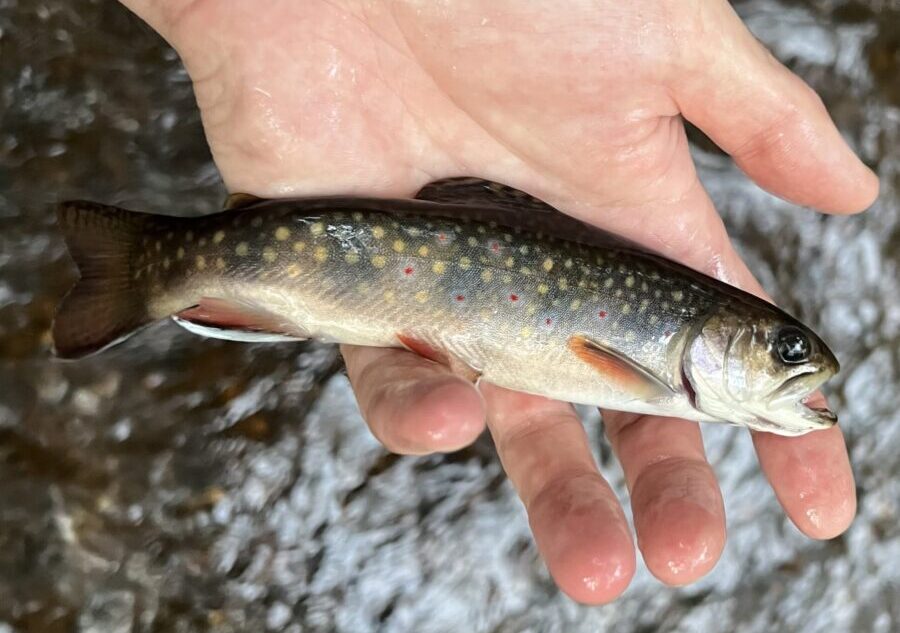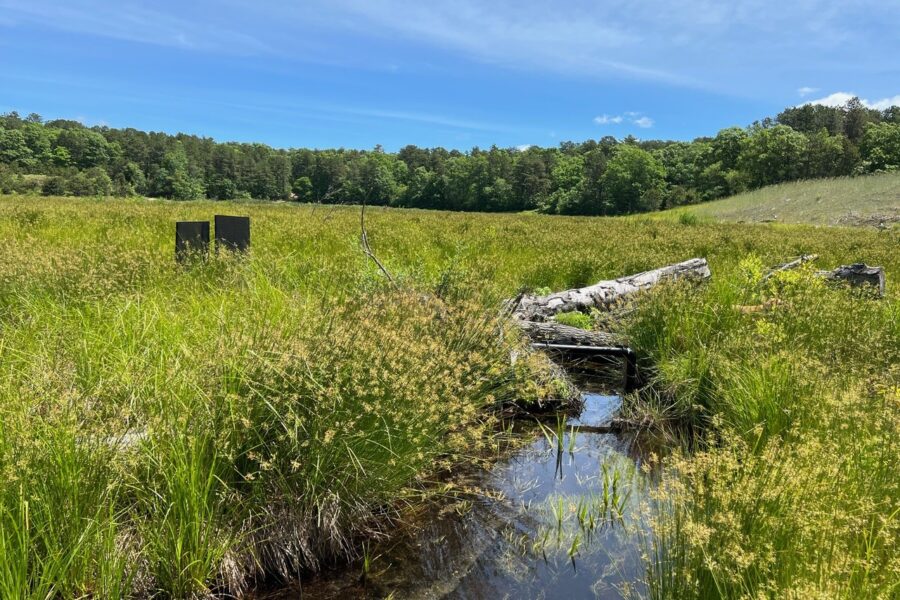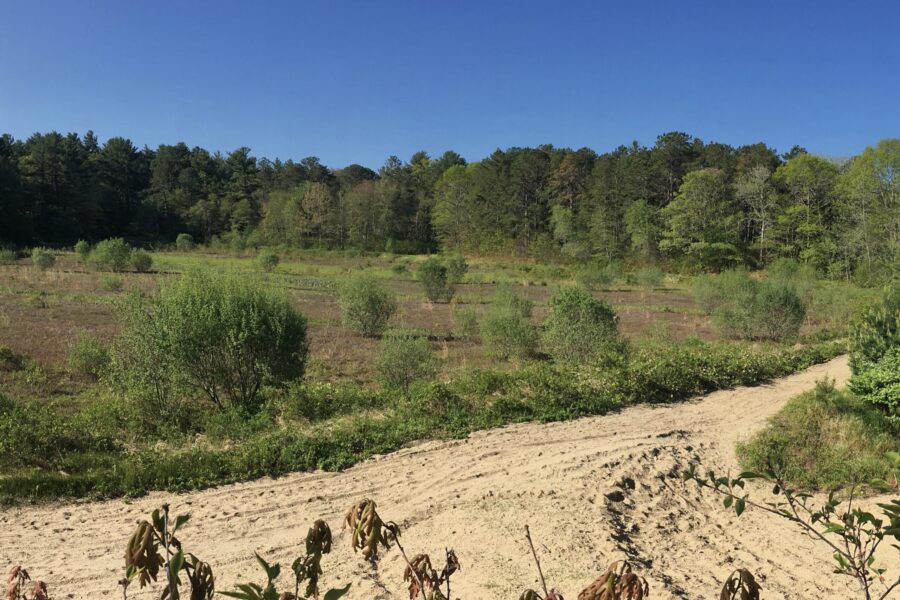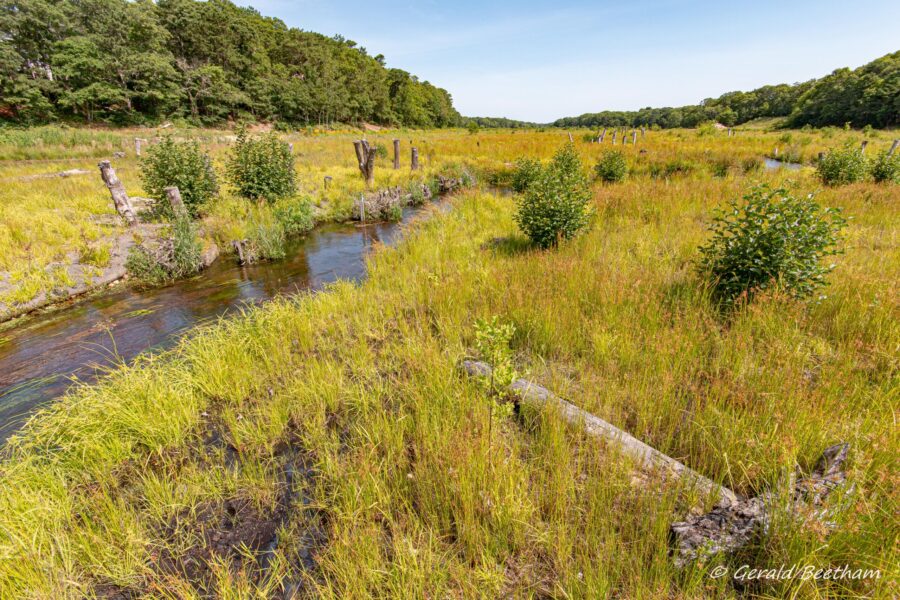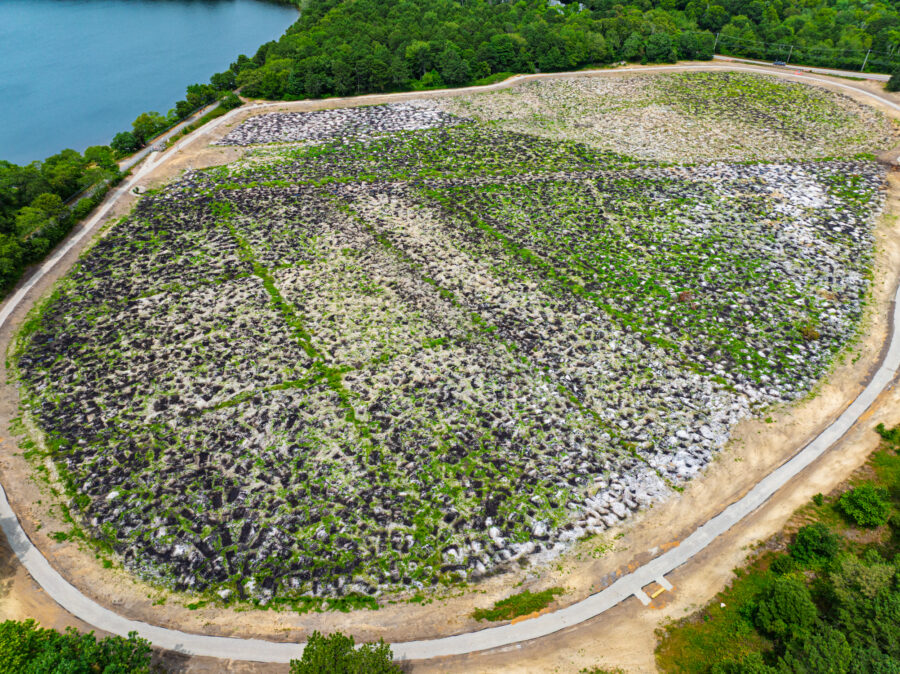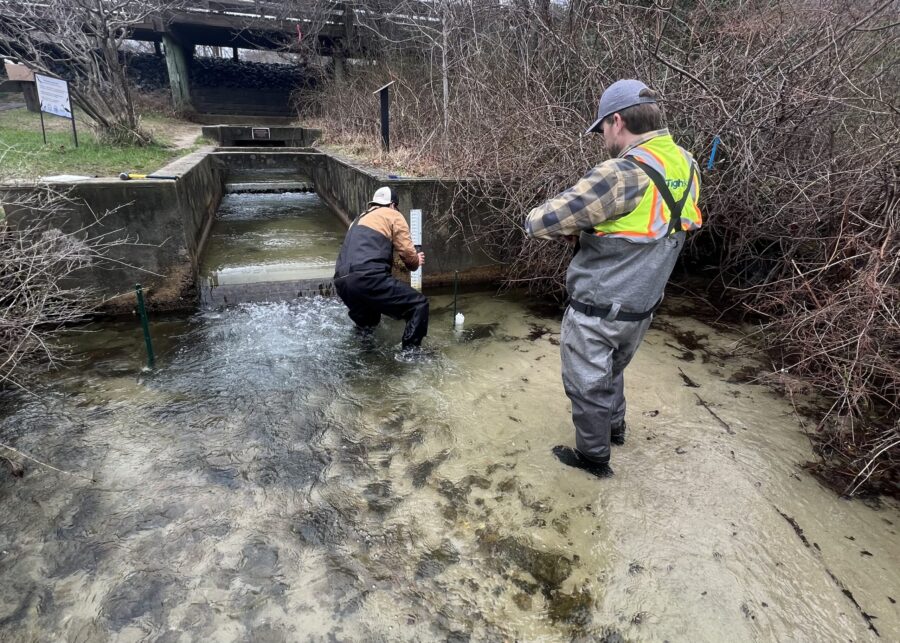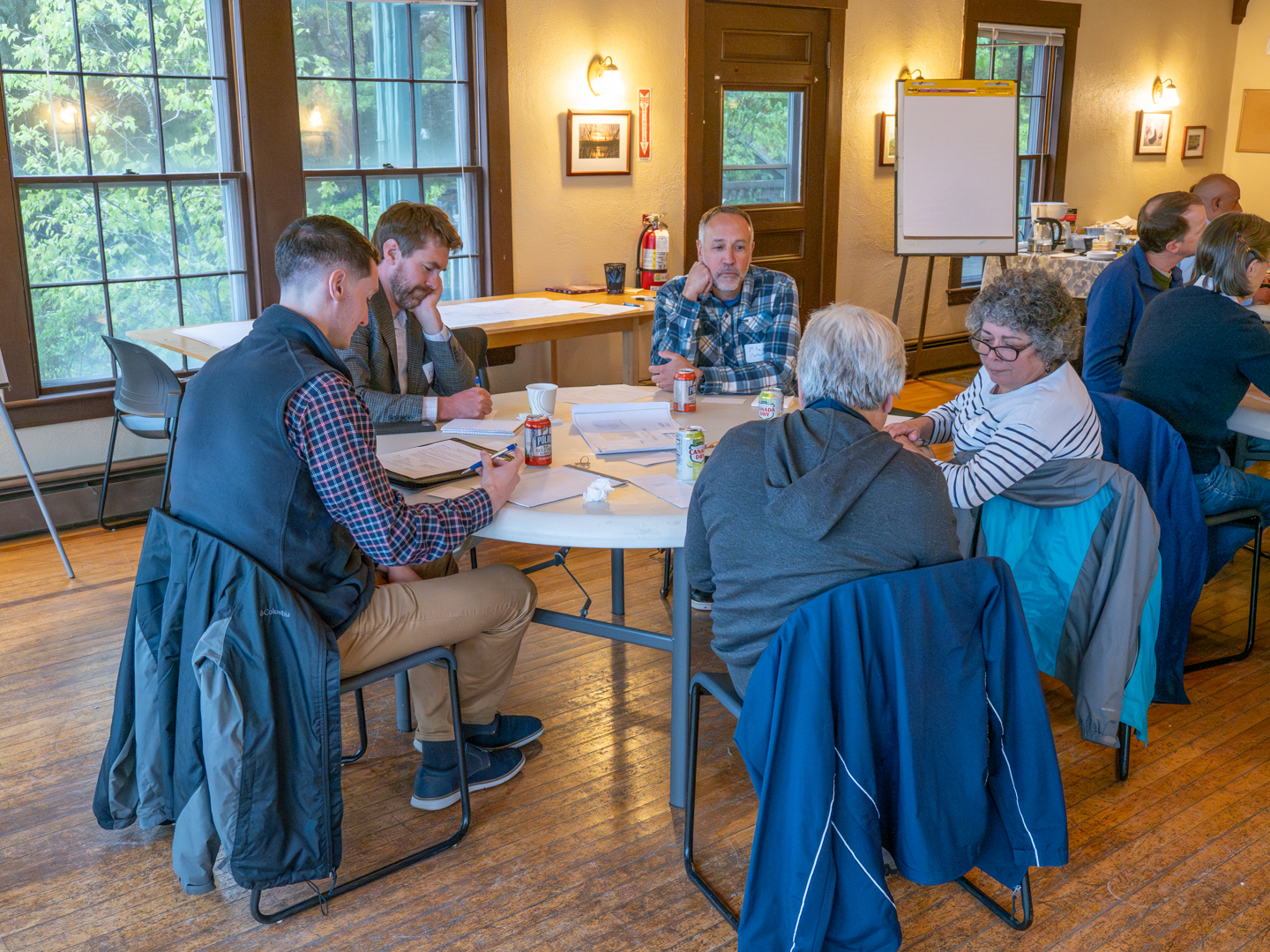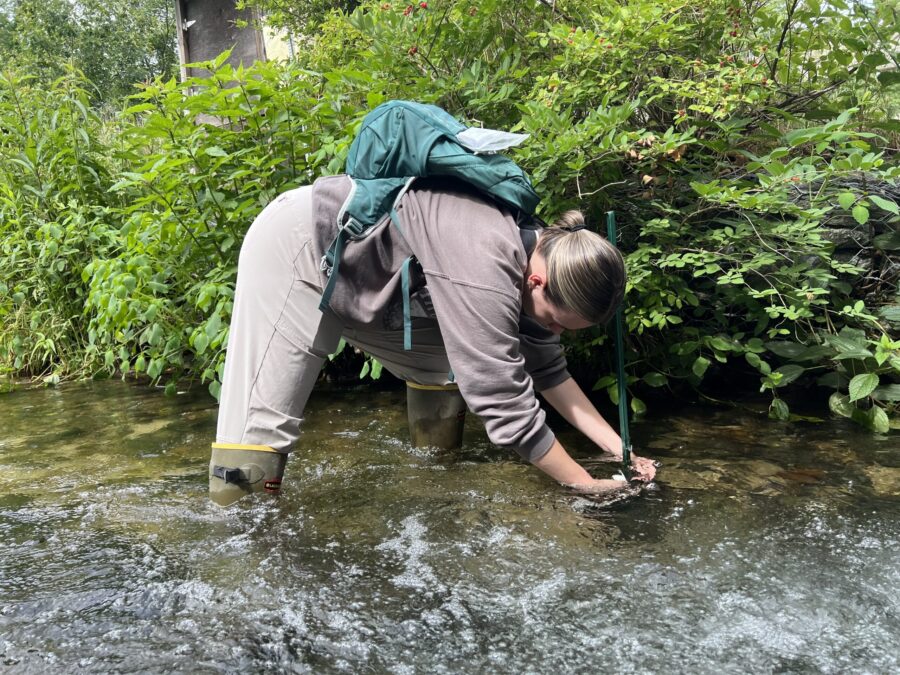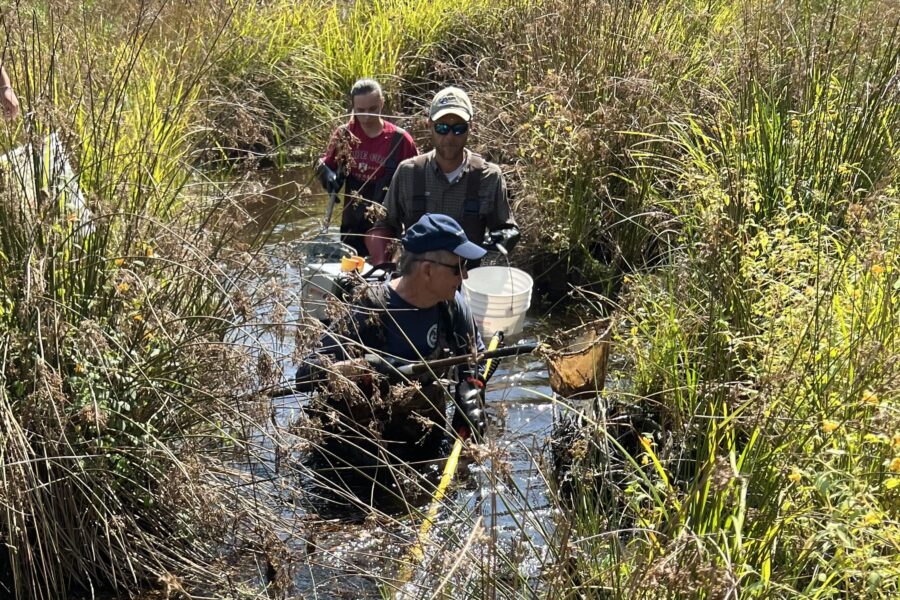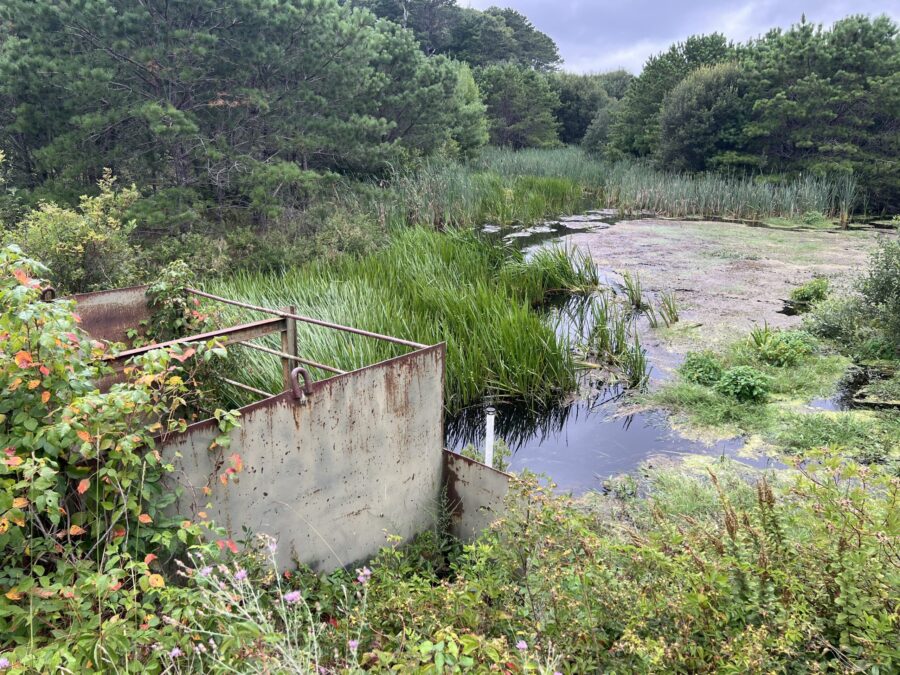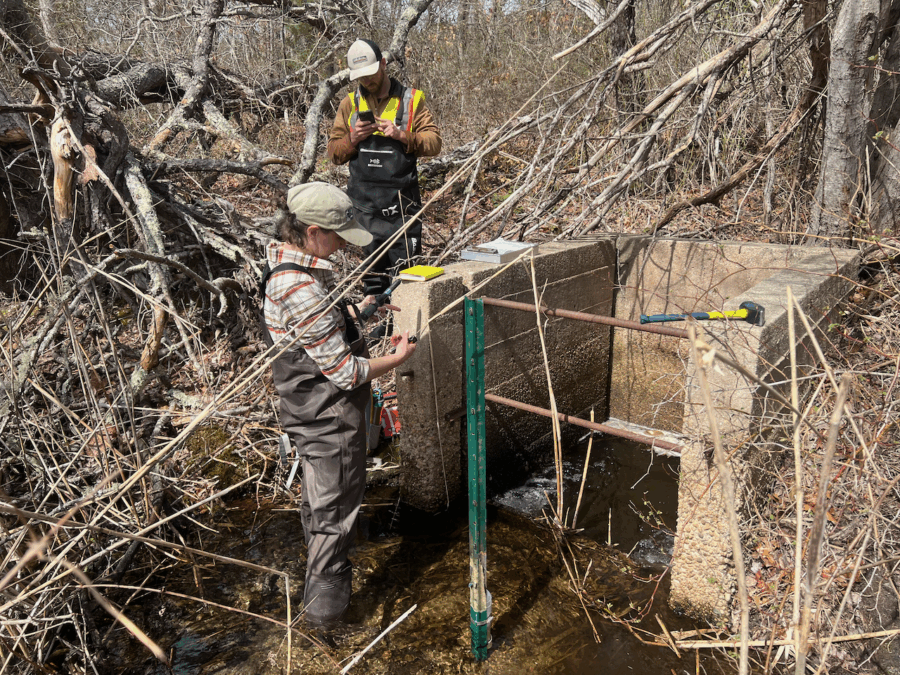River and Bog Restoration
- Home
- /
- River and Bog Restoration
River and Bog Restoration
Cape Cod’s rivers and wetlands have long been shaped by human activity—from colonial millworks and engineered herring runs to the cranberry industry that reconfigured large swaths of land into managed bogs. These working landscapes played a central role in the region’s economy and identity for generations. Now, as many of these uses recede, restoration offers a chance to reimagine and repurpose these places—creating landscapes that reflect today’s priorities: ecological integrity, community benefit, and long-term resilience.
By removing outdated infrastructure and reestablishing natural hydrology, retired cranberry bogs and impounded rivers are being transitioned into dynamic habitats for fish, birds, and other wildlife—including rare and threatened species. Restoring flow to formerly channelized or dammed systems improves fish passage and habitat connectivity, enabling migratory species like river herring, American eel, and brook trout to access upstream spawning and rearing areas. The APCC River Herring Monitoring Program plays a critical role in tracking the success of these restoration efforts by monitoring herring runs across Cape Cod, providing essential data on population trends and migration patterns. Reestablished wetlands also filter pollutants, reduce nutrient runoff, and provide cool, clean water to downstream ecosystems.
These efforts support a new chapter for Cape Cod’s landscapes—one that prioritizes ecological function, clean water, and climate resilience while also creating spaces for recreation, education, and community connection. Restoring these landscapes today helps ensure their health and value for generations to come.
Projects
Childs River
Falmouth/Mashpee, MA
The Childs River restoration project in Falmouth and Mashpee, MA, restored the Upper Childs River and two abandoned cranberry bogs. This multi-million-dollar project, led by the Falmouth Rod and Gun Club was focused on improving habitat for native brook trout. Project work involved removing an earthen dam, restoring the river's natural flow, removing sand and roughening the old bog surface, and replanting native vegetation. The restoration efforts have successfully improved water quality, created new habitat for fish and wildlife, and enhanced recreational opportunities for the community.
Hinckleys Pond—Herring River Headwaters Eco-Restoration
Harwich/Brewster, MA
The Hinckleys Pond project aims to restore about 30 acres of retired cranberry bogs to natural wetlands and improve 500 feet of pond shoreline. Located at the headwaters of the Herring River estuary, the restoration will enhance freshwater habitat, water quality, and recreational access, including an all-persons- accessible trail.
Mashpee River
Mashpee, MA
The Mashpee River Restoration Project is a collaborative effort between the town of Mashpee, the Mashpee Wampanoag Tribe (MWT), APCC, and partners to improve fish habitat and migration from Mashpee-Wakeby Pond to south of Route 28. The project includes fish passage upgrades at key crossings, restoration of a cranberry bog near Washburn Pond, and a hydrological assessment of the lower river to guide future work. The town, MWT, and APCC staff will lead project management and monitoring, ensuring long-term stewardship that honors both ecological function and cultural heritage.
Red Brook
Falmouth/Mashpee, MA
The Red Brook Road culvert, shared by Mashpee and Falmouth, is severely damaged, restricting fish passage and water flow. Immediate repairs are needed to fix the failed culvert and dam. The project aims to restore the entire river, including acquiring and conserving land. Community input is crucial to shape the restoration plan. Engineers are working on designs to remove the old structure, raise the road for better flood protection, and improve water quality. Next steps involve completion of the culvert replacement and planning for the full river and bog restoration.
Upper Quashnet River
Mashpee, MA
John’s Pond, a freshwater lake, feeds the Quashnet River, which flows into Waquoit Bay. Decades ago, berms were built in nearby cranberry bogs to prevent contaminated water from entering the river. However, a 1999 breach in one of these berms altered the river’s course, impacting its flow and water quality. This restoration effort aims to improve the ecological health of the Quashnet River, a coldwater fishery that supports both native brook trout and river herring migrating upstream to spawning habitat in John’s Pond.
Additional Resources
Ecosystem Restoration Program
River Herring Monitoring Program

